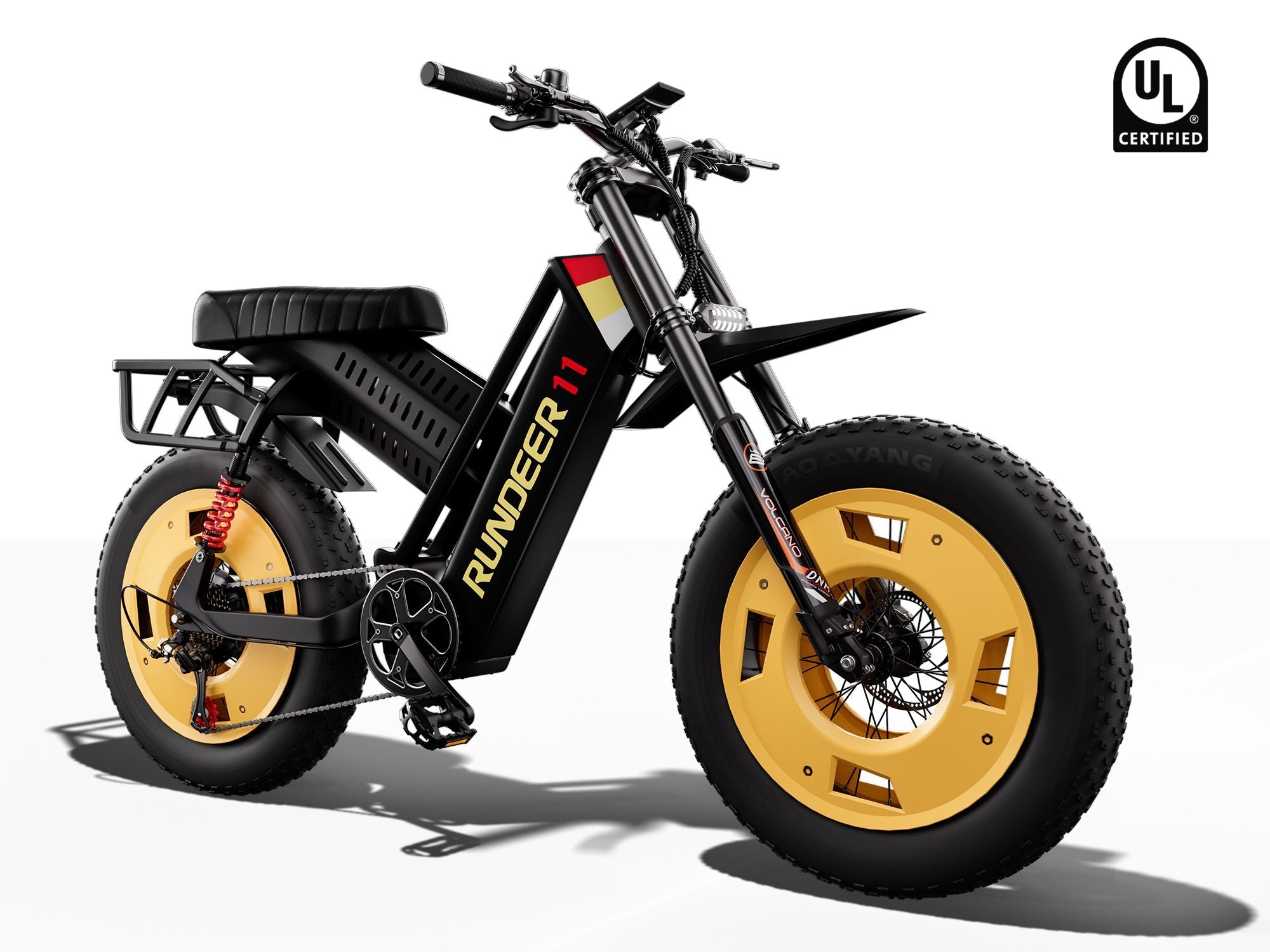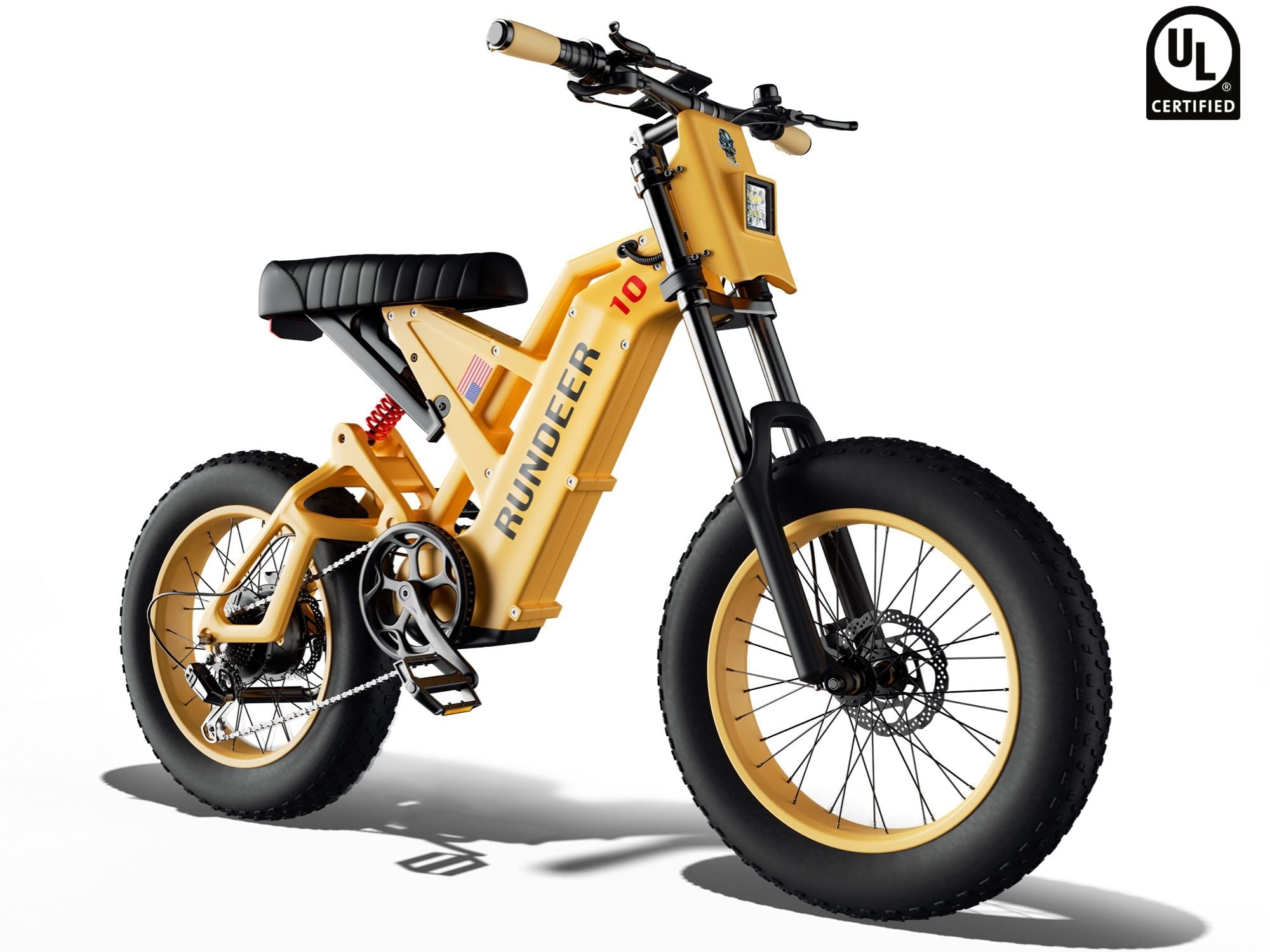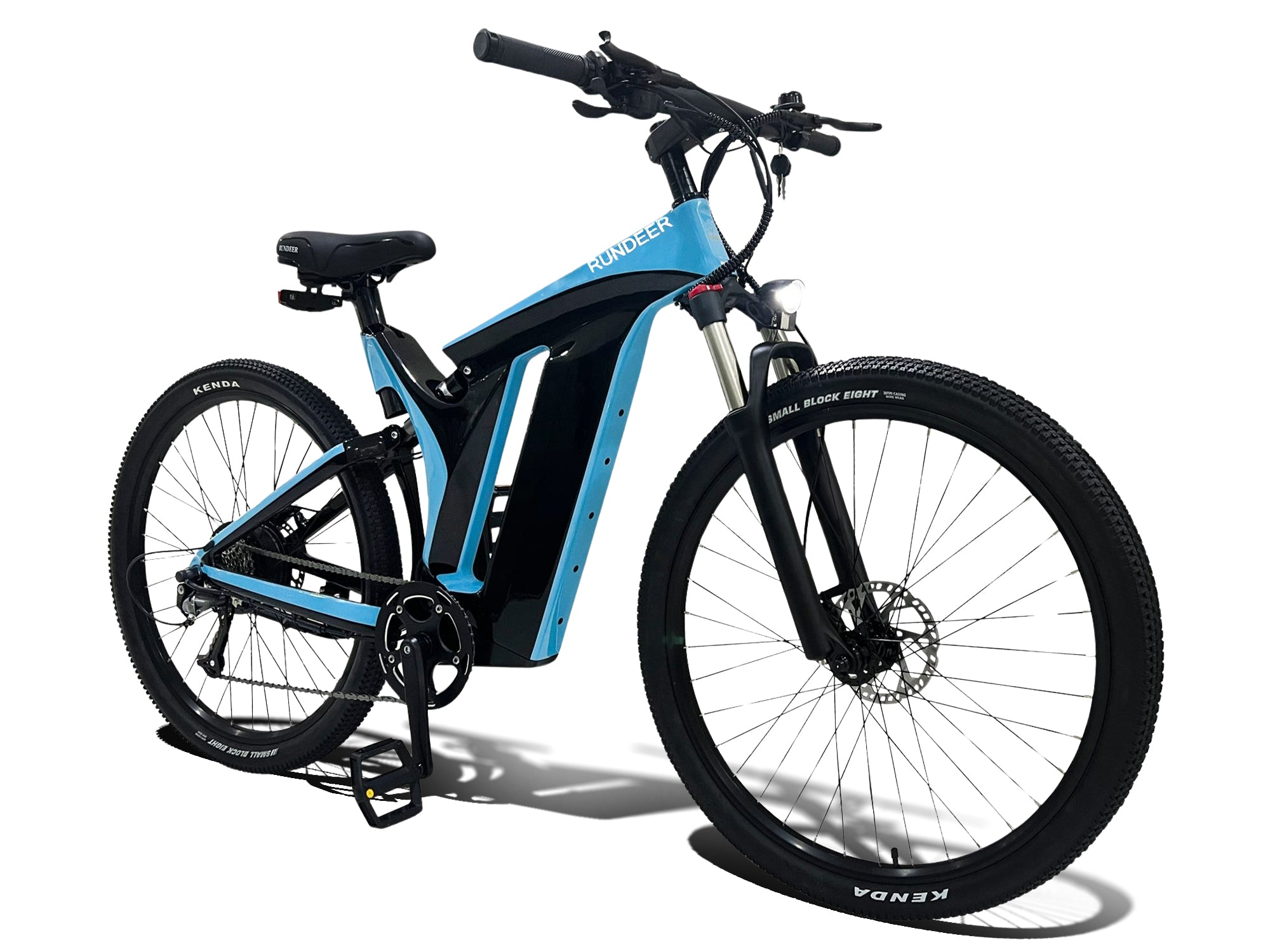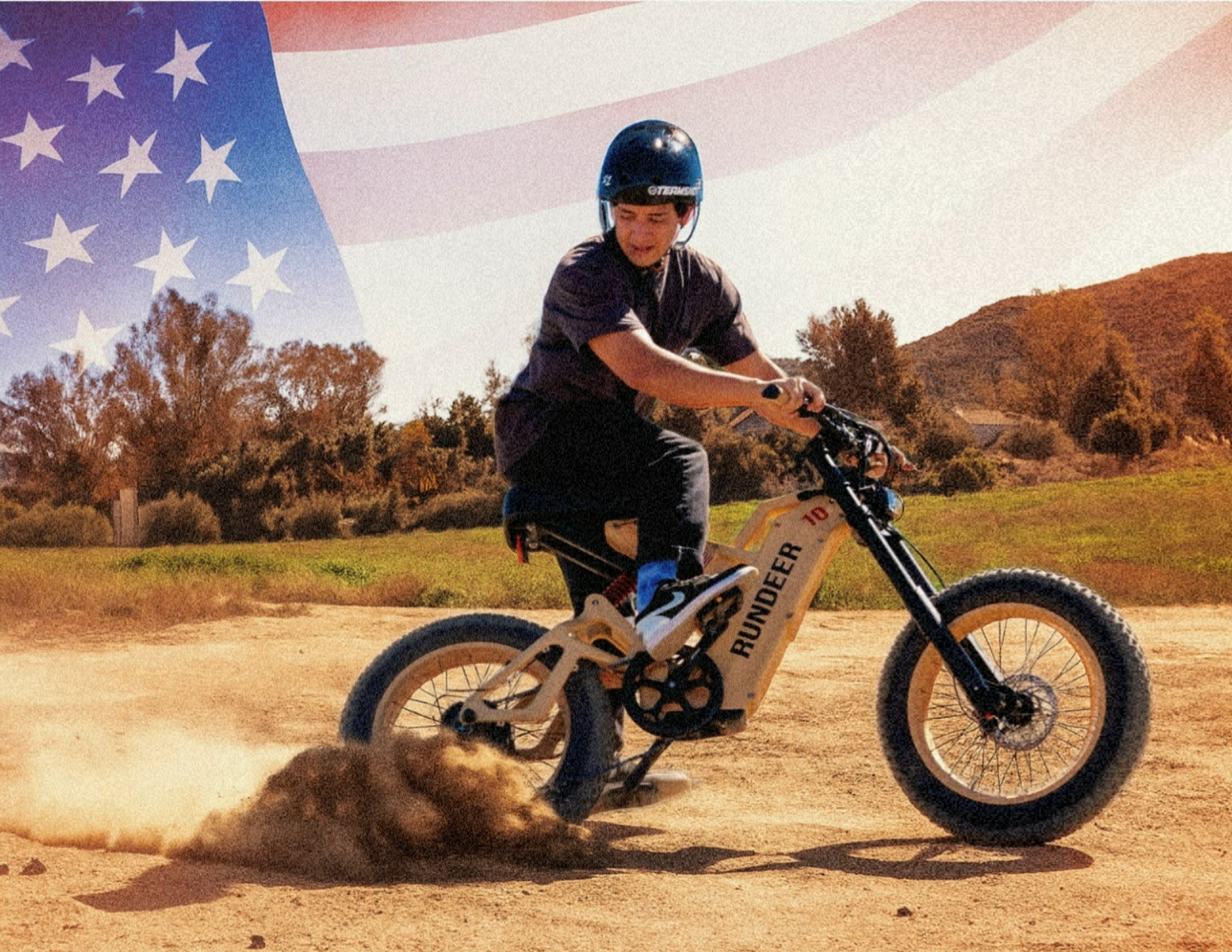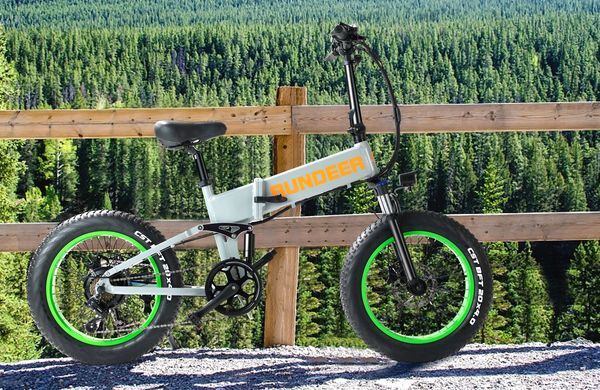Why Do I Need Winter Tires?
Here are three justifications for why winter tires are a necessity:
1.They are created for snow.
Winter bike tires are necessary for safe winter riding if you reside anywhere with a real snowy season. After a heavy snowfall, riding a bike upright is difficult. Regular tires do not have adequate traction when riding on hard-packed snow, similar to attempting to ride over sand. Ice patches that form as the snow melts off and then refreezes can be dangerous.
To qualify as winter tires, tires must adhere to stringent performance standards. Regular or all-season tires become useless on slippery roads as temperatures drop because the rubber used to make them hardens. On the other hand, the rubber used in winter tires keeps its softness, allowing them to better adapt to the texture of the roads coated in snow and ice.
2. They have special treaties.
Unlike regular "all-season" tires, snow tires have distinctive treads that are wider and larger. Snow tires' tread serves two purposes. It is made to wick moisture away from the tire's primary point of contact, giving you better control. Second, as the vehicle travels through the slick surface, the larger tread allows the tires to rotate and grab into the ice and snow before kicking it out behind them.
3. Better quick stops.
It is challenging to get a car started in slick weather. It is significantly more difficult to stop a car when the roads are slippery. According to studies, snow tires can save your car stopping distance up to 37%. That is a great benefit on our icy, northern roads.
Bike winter tires with spikes offer much-needed additional traction. Consider this: they are an investment worth making if they even only stop one serious fall.
What Makes A Good Winter Tire?
Rubber becomes less sticky at colder temperatures. You cannot avoid it. Theoretically, it should be possible to create rubber compositions specifically for cold weather conditions that provide the best grip. In reality, many Winter Compound bike tires provide less grip in chilly temperatures.
Must consider the decreased grip when it is chilly when using all tires. While the grip suddenly seeps away at speeds that are well inside the limits when the temperature is warmer, it can be startling, especially on regular routes.
Ice, how about it? Only tires with studding will generally grip the ice. To interlock with the surface, they pierce holes through the ice. However, riding on dry roads with studded tires is not very enjoyable. A soft tire with studs would not function effectively; you would need a firm tire to force the studs into the (hard) ice.
Skinny Tires vs. Fat Tires for Winter Commuting
If the ground is dry and the snow is loose, skinnies will cut through miserably. You are still at a disadvantage whether there is loose snow over ice or lose snow on top of packed snow. You will be thrown violently about when the slush freezes.
If you reside in a region with moderate winters, where the snow on the roads is always fresh, or the roads are regularly well-plowed, you may be able to get away with running skinny tires most of the time. A wider tire will function much better and be more enjoyable, though, if you choose the less-traveled routes and your town, city, or region does not maintain the roads or bike paths in good condition.
However, if you ride by bike in the morning, be cautious of any potential ice formation on the roads caused by water runoff from the sidewalk or curb. The protection and assurance that studded tires provide make their weight and loudness in slippery conditions more than worthwhile.
When the streets are salted and plowed, skinny road tires are OK (cleared city streets). So avoid doing so on true winter days, especially if your route involves descending a bridge and making a sharp right bend where water tends to collect at the bottom.
Skinny road bike tires are acceptable as long as there is no ice or a significant snowfall (more than an inch) on the road. You never know if there is ice behind the fluffy snow when it accumulates.
For weakly packed snow without ice or playing in a field, non-studded wider tires with knobs are preferable to skinny tires. These tires are not the best for commuting on roads, but they work reasonably well for trail use, especially on recently fallen snow.
Strutted tires are required for slushy situations. The area of the street covered in slush and snow makes it impossible to know if there is ice underneath.
Conclusion
The bike's grip, acceleration, cornering, and ultimately the cyclist's control come from the tire.
However, during the winter, a tire's responsibilities rise since water, ice, and snow alter how the bike responds and make previously difficult situations impossible. Always choose bike according to the terrain you use mostly and the weather of your area.

